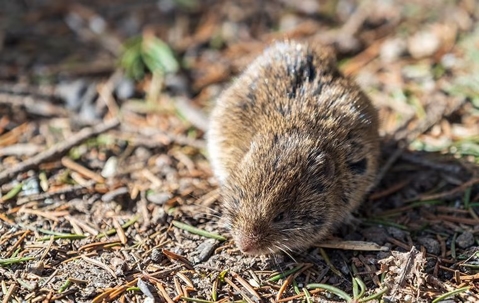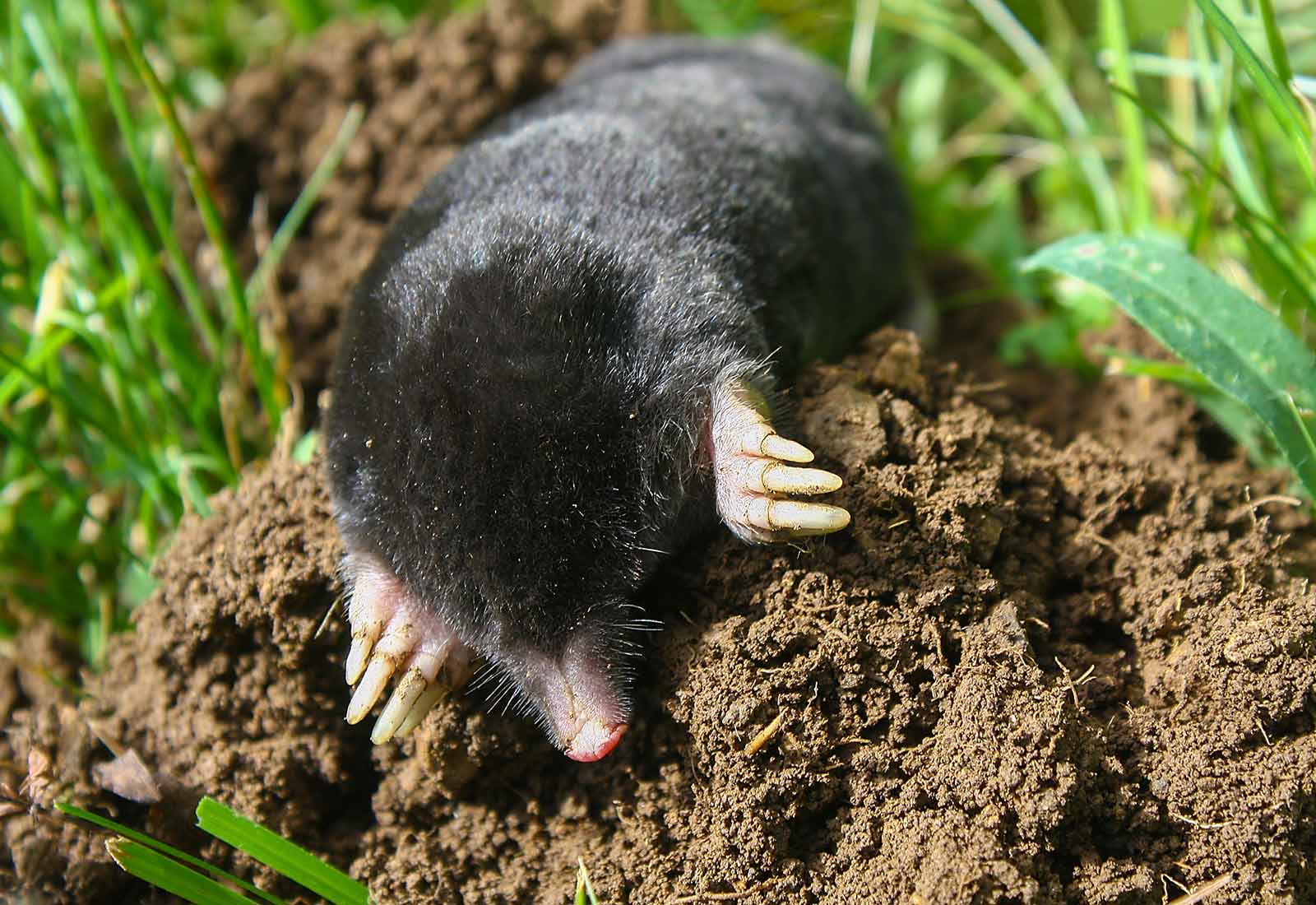Understanding Vole Insect Control: Extensive Insights on Invasion Prevention and Treatment Strategies
By identifying the subtle indicators of vole problem early on, we can take proactive actions to protect against extensive damages. In this conversation, we will discover the nuances of vole behavior, dive into the recognition of problem indicators, and uncover the most efficient prevention and treatment techniques.
Recognizing Vole Actions
Taking a look at the foraging patterns of voles offers useful insights into their habits and environment preferences. Voles, small rodents looking like computer mice, are herbivores understood for their underground tunneling activities. By observing their foraging habits, scientists can acquire a far better understanding of where voles prefer to establish their environments and the level of their ecological effect. Voles are prolific breeders, with a solitary women efficient in generating numerous trashes in a year, making it crucial to understand their behavior for reliable pest control strategies.
Study suggests that voles display discerning feeding routines, preferring roots, bulbs, and seeds. This dietary preference influences their foraging patterns, leading them to locations abundant in plant life and ground cover. In addition, voles are recognized to create fancy passage systems for foraging and nesting purposes, showing a high degree of adaptability to their environments.
Understanding vole habits is crucial for implementing targeted pest control actions that disrupt their habitat preferences and foraging tasks (vole pest control). By researching their behavior, experts can develop much more effective avoidance and treatment methods to manage vole infestations

Identifying Indicators of Vole Invasion
Vole infestations can be spotted by recognizing specific indications of their visibility in a location. Among the most typical indications of a vole problem is the visibility of surface paths. Voles produce networks of narrow pathways on the ground that are commonly about two inches large. These paths are commonly located in verdant areas or beneath mulch or ground cover where voles can relocate openly and look for food.
An additional crucial sign of vole invasion is the visibility of tiny burrow openings in the ground. Additionally, voles are recognized to leave behind chewed plant stems, origins, and bulbs near their burrow openings, showing their feeding task in the area.
Discovering these droppings along paths or near burrow openings can confirm a vole problem. By being attentive for these indications, home owners can promptly address vole infestations and avoid additional damage.
Executing Proactive Avoidance Steps

In addition, utilizing natural vole deterrents like castor oil-based repellents or killer pee can work as effective precautionary measures. It is also recommended to consistently check outdoor rooms for any kind of indications of vole activity, such as runways or tunnel openings, to resolve prospective invasions promptly. vole yard damage. By taking on these aggressive avoidance strategies, residential or commercial property proprietors can dramatically lower the chance of vole damages and keep the health and looks of their landscapes
Efficient Treatment Approaches
Including targeted capturing approaches and using authorized rodenticides are crucial elements of effective therapy methods for managing vole problems. Capturing can be a reliable way to reduce vole populaces, specifically when placed purposefully in their active runways. Break traps and live catches can both work, with the last permitting the capture and relocation of voles. When using rodenticides, it is crucial to adhere to security standards to see here avoid damage to non-target pets and family pets. Area rodenticides in safe bait terminals to minimize threats to unintentional targets. Furthermore, environment modification, such as lowering ground cover and getting rid of sources of food, can aid prevent voles from infesting an area. Normal monitoring and upkeep are additionally essential facets of Get the facts successful therapy techniques to ensure that vole populaces are kept under control. By incorporating capturing, rodenticides, habitat adjustment, and constant monitoring, effective vole bug control can be attained.
Tracking and Upkeep Tips
Preserving a methodical routine for tracking and conducting routine upkeep activities is important to maintain the effectiveness of vole insect control procedures. Normal surveillance permits for the early discovery of vole activity, enabling punctual intervention prior to problems intensify. To efficiently check vole populaces, strategically put catches can be used in vole paths or near burrow entries. By consistently examining these traps, property owners can gauge the level of vole activity and change control techniques appropriately.
Additionally, maintaining a clean and neat landscape is vital in vole prevention. Clearing up away particles, such as stacks of wood or dense plant life, eliminates possible vole environments. Routinely trimming and cutting yards plants helps in reducing vole concealing areas and minimizes their access to food resources.
Moreover, continuous upkeep of physical barriers, such as fencings or cord mesh, is crucial to stop vole breach. Checking and fixing any type of problems to these frameworks guarantees that vole control continues to be efficient in securing properties from infestations. By integrating these surveillance and maintenance techniques into an extensive vole pest control plan, people can efficiently take care of vole populations and protect their residential properties from damage.
Verdict
Finally, grasping vole bug control calls for a solid understanding of vole behavior, the ability to identify signs of infestation, applying aggressive avoidance measures, efficient treatment techniques, and regular tracking see this website and maintenance. By taking a comprehensive strategy to vole control, individuals can properly manage and prevent invasions, eventually shielding their residential property and bordering environment from damage triggered by these little rodents.
In this discussion, we will certainly explore the nuances of vole actions, dive into the identification of infestation signs, and reveal the most efficient prevention and therapy techniques.Incorporating targeted capturing techniques and making use of accepted rodenticides are necessary components of effective treatment techniques for managing vole problems. To properly keep track of vole populations, purposefully put catches can be made use of in vole runways or near burrow entries. Evaluating and fixing any kind of problems to these frameworks guarantees that vole control stays efficient in guarding buildings from problems. By incorporating these surveillance and upkeep techniques right into a thorough vole pest control plan, individuals can effectively take care of vole populaces and secure their properties from damage.
Comments on “Specialist Approaches for Vole Control and Avoidance”